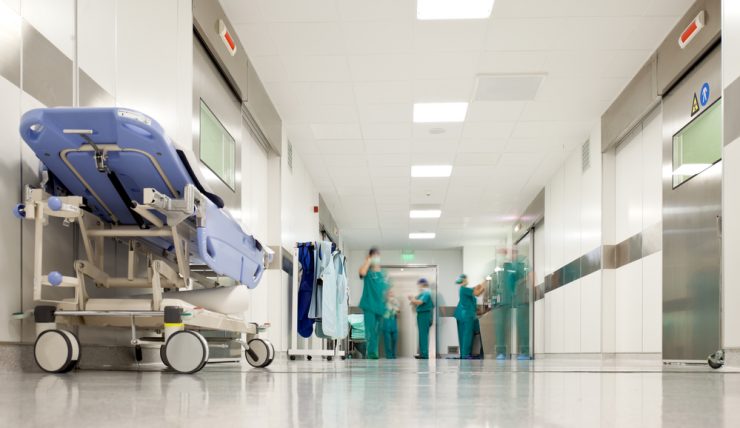Breast cancer is less known to occur in men, but it does affect 300 men every year which is 1% of breast cancer patients. It commonly occurs after 60 years of age and is mostly diagnosed at a more advanced stage when it is harder to treat. Cancer develops in the small tissue behind the nipple area in male breast. The cells in this tissue start to divide uncontrollably and in cases break off and spread to other body parts.
Types of male breast cancer
Invasive ductal carcinoma – is most common and cancer spreads from ducts to other body parts.
Inflammatory breast cancer
Paget’s disease
Ductal carcinomas in situ (before disease spreads from the ducts).
Symptoms
Presence of lump/s in breast
Change in shape, size or skin of breast
Inversion in nipple (turning in of the nipple from previous position )
Clear or blood stained discharge from nipple
Ulcers on breast
Rash on or around nipple area (indicative of paget’s disease)
Breast pain is rare. Growth and sensitivity in breast area might indicate hormonal condition called gynaecomastia in which oestrogen (female sex hormone) increases or androgen (male sex hormone) decreases in blood. However, any symptom as listed above should be medically examined to rule out breast cancer.
Causes
The below listed factors increase the risk of this disease
Genetic reasons – if close relative (male or female) had a history of breast cancer. Risk increases if relative was under 40, was affected in both breasts.
Klinefelter’s syndrome – a rare chromosomal condition in which man has an extra female chromosome.
High oestrogen levels, caused by obesity or liver damage in men.
Low androgen levels – caused by klinefelter’s syndrome, liver failure, mumps, testicle injury or damage to hormone producing glands
Exposure to high radiation levels when young, could be at workplace or treatment for Hodgkin lymphoma or lung cancer.
Diagnosis
In men, breast ultrasound scan is more effective diagnostic tool than mammogram (which is breast x-ray usually done in women). The ultrasound shows any changes that might have appeared in the breast soft tissue.
Fine needle aspiration (FNA) is used to remove breast cells and fluid, through a thin needle inserted into the breast, for examination.
Sometimes, needle core biopsy is done in which a small piece of breast tissue is removed. This procedure is done under local anaesthesia.
Physical examination is important as ultrasound and x-rays do not show difference between breast cancer and gynaecomastia. Cancerous lumps are uneven and bumpy while those in gynaecomastia are smooth disc shaped behind the nipple.
Prevention
There is no guaranteed prevention of this disease, however, early detection helps in preventing spread and further damage. Any unusual signs or symptoms should be brought to medical attention. If there is a family history, please be alert about early signs.
Obesity and high fat diet leads to increase in oestrogen in the blood and can cause breast cancer. A healthy lifestyle is recommended, general guidelines to follow are
- Stop smoking
- Reduce fat intake, esp animal fats
- Have a fibre-rich diet (wholemeal bread, oats, muesli)
- Fresh fruits and vegetables to be included
- Keep alcohol drinking under moderation
- Regular exercise













